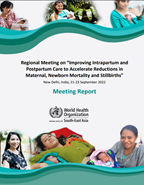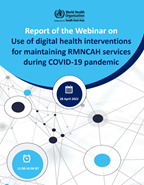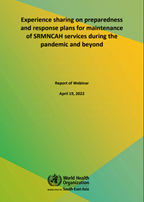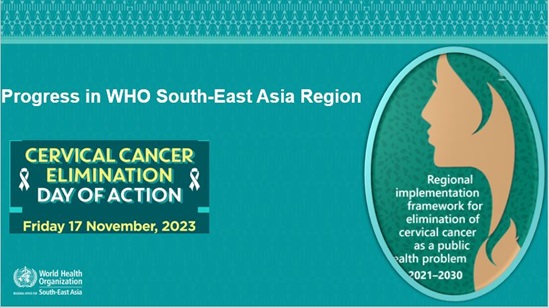
Maternal health in the South-East Asia
About Maternal health
Vision
A world in 2015 in which:
- pregnancy, childbirth, postpartum and newborn care are highly valued;
- universal coverage ensuring skilled care for every birth is a priority;
- interventions for universal coverage are sustained with quality in conditions of diverse social values, and changing social, economic and political conditions;
- the MPS initiative is seen as crucial for wider strengthening of health systems and a key element of efforts to attain the MDGs; and
- development partners and civil societies collaborate in achieving universal coverage of skilled care for all women and newborns.
Ultimately a world in which women go through pregnancy and childbirth safely and newborn babies are assured health.
Mission
Our mission is to support the countries to accelerate progress for achieving international development goals and targets related to reproductive health.
Goal
The overarching goal is that all women and newborns will have access to skilled care services during pregnancy, childbirth and the postpartum and newborn periods, thereby minimizing maternal, perinatal and newborn morbidity and mortality.
Technical links








